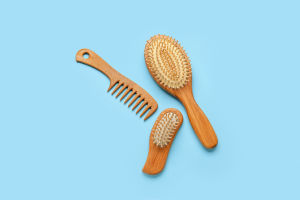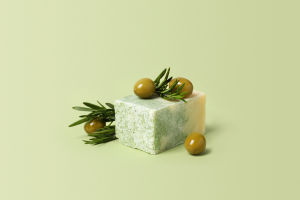We all know that brushing our teeth is essential, but are we doing it the right way?
Brushing twice a day is a great habit, but there's more to keeping our teeth and gums in top shape!
How Long Should We Brush?
Some people rush through brushing in 20 seconds, while others scrub for several minutes. But how long should we really brush?
Dentists recommend brushing for two minutes, twice a day. Anything less than two minutes might not be enough to clean every surface properly. To make sure we're brushing long enough, we can set a timer or use an electric toothbrush with a built-in timer.
Should We Brush After Every Meal?
Brushing twice a day is generally enough, but brushing after meals can be beneficial in certain cases. If we eat sticky or sugary foods, it's a good idea to brush soon after. We should also clean our teeth if food gets stuck, and keeping floss or interdental brushes handy for quick touch-ups is a smart habit.
For those of us who wear braces, clear aligners, or partial dentures, brushing after meals might be necessary to prevent plaque buildup.
Brushing the Right Way
Brushing for two minutes is essential, but technique matters too. Here's how to brush more effectively:
Use Fluoride Toothpaste
Cavities can develop even with regular brushing, but fluoride toothpaste strengthens our enamel and helps prevent decay. Checking the label for fluoride ensures we're giving our teeth the best protection. And despite what commercials show, we only need a pea-sized amount of toothpaste—using more won't make our teeth cleaner.
Use Circular Motions
Instead of scrubbing back and forth, we should brush using gentle circular motions. This technique cleans all surfaces more effectively and reaches along the gumline, where plaque tends to build up. To make it easier, we can divide our mouth into four sections and spend at least 30 seconds on each. If circular motions feel challenging, an electric toothbrush can help by rotating on its own while we guide it along our teeth.
Be Gentle While Brushing
It might seem like brushing harder will clean better, but gentle brushing is actually more effective. Using a toothbrush with soft or extra-soft bristles prevents damage to our enamel and gums. Plaque is soft and easy to remove, so there's no need for force—just small, circular motions with light pressure.
Don't Forget to Clean Between Teeth
A toothbrush can't reach between teeth, so we need additional tools. Flossing is a great way to remove food particles and plaque from tight spaces, but there are other options too. Interdental brushes and water flossers can also help clean those hard-to-reach areas effectively.
Is Mouthwash Necessary?
Mouthwash isn't a replacement for brushing or flossing, but it can be a helpful addition to our routine. Some mouthwashes fight cavities, freshen breath, and reduce plaque buildup. Choosing the right mouthwash depends on our dental needs, so asking a dentist for recommendations can be helpful.
Regular Dental Visits Matter
Brushing and flossing daily is essential, but seeing a dentist twice a year helps catch potential issues early. Professional cleanings remove plaque buildup that brushing alone can't tackle.
Many people think that visiting the dentist is more important than daily brushing, but it's actually the other way around. Over a year, we spend about 1,400 minutes brushing our teeth—those daily moments are what truly keep our smiles bright and healthy!
How often should I brush my teeth?
Video by Virginia Family Dentistry


